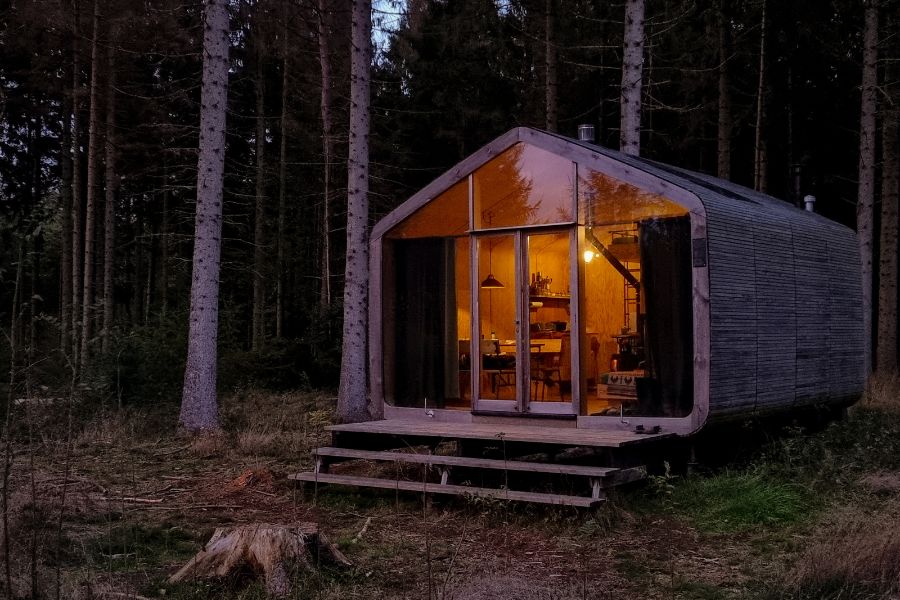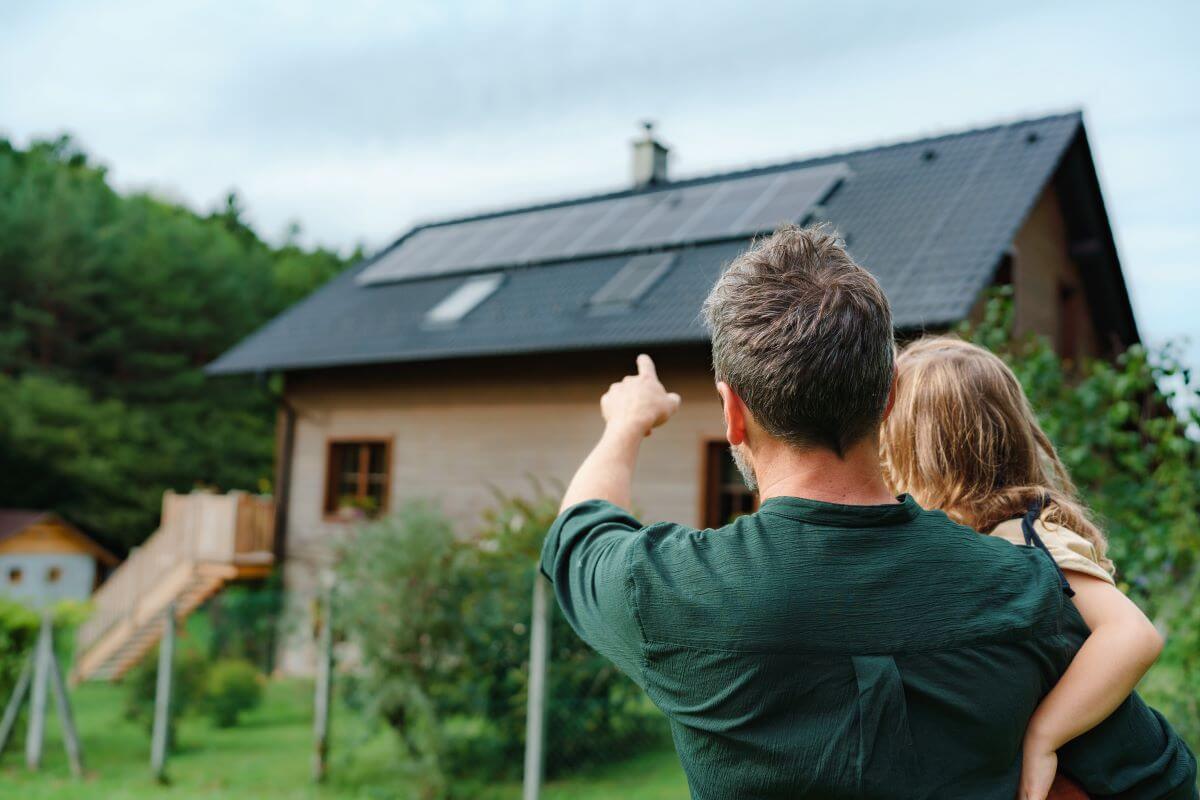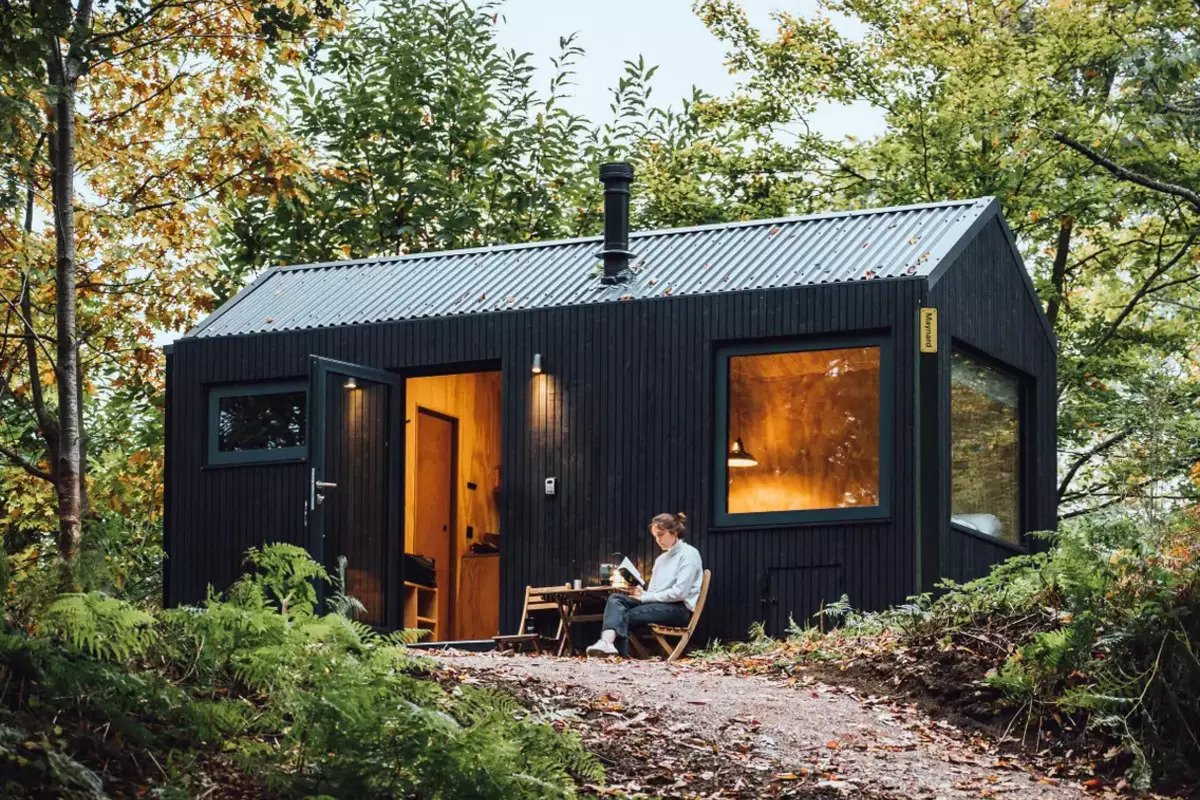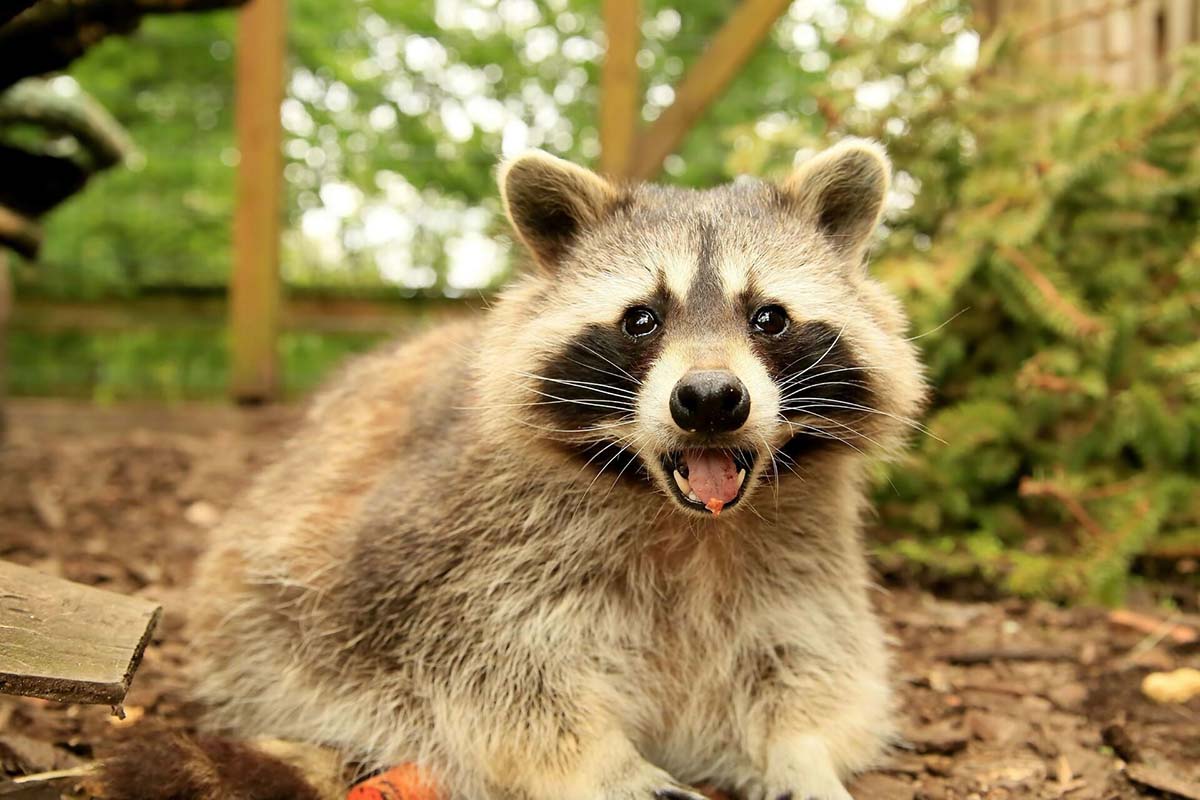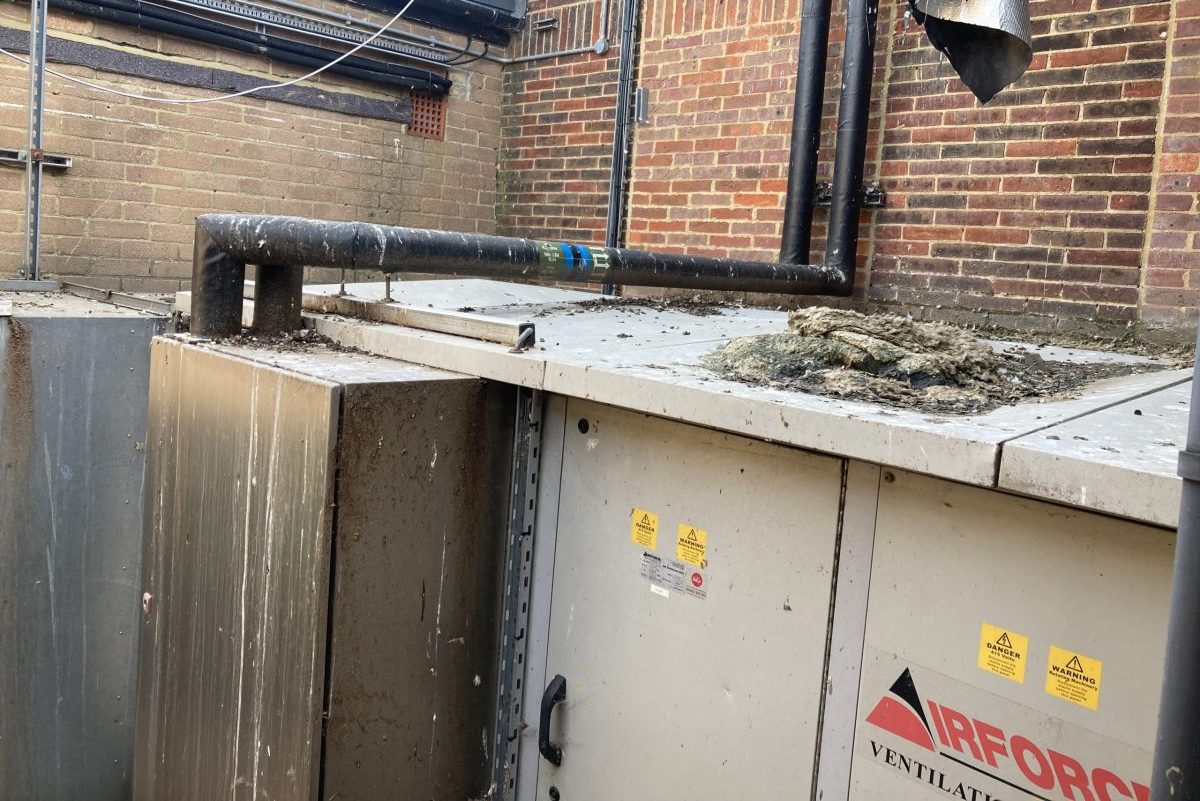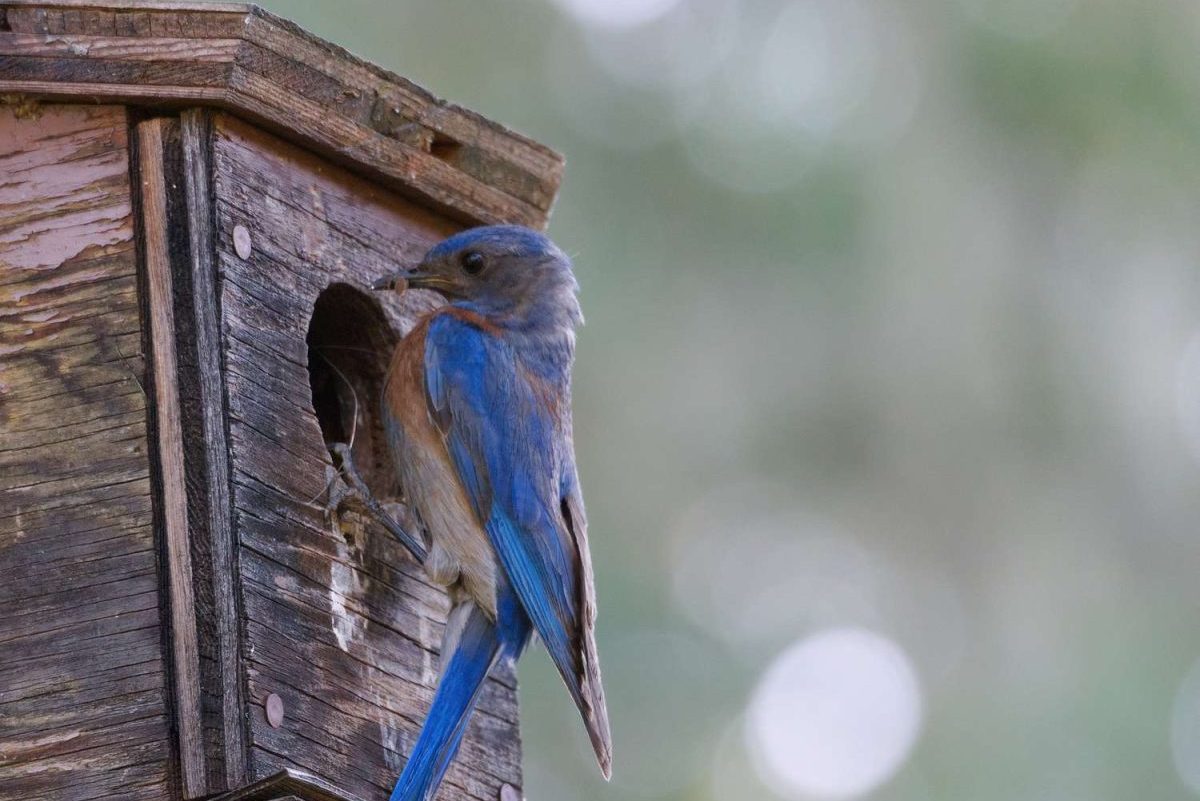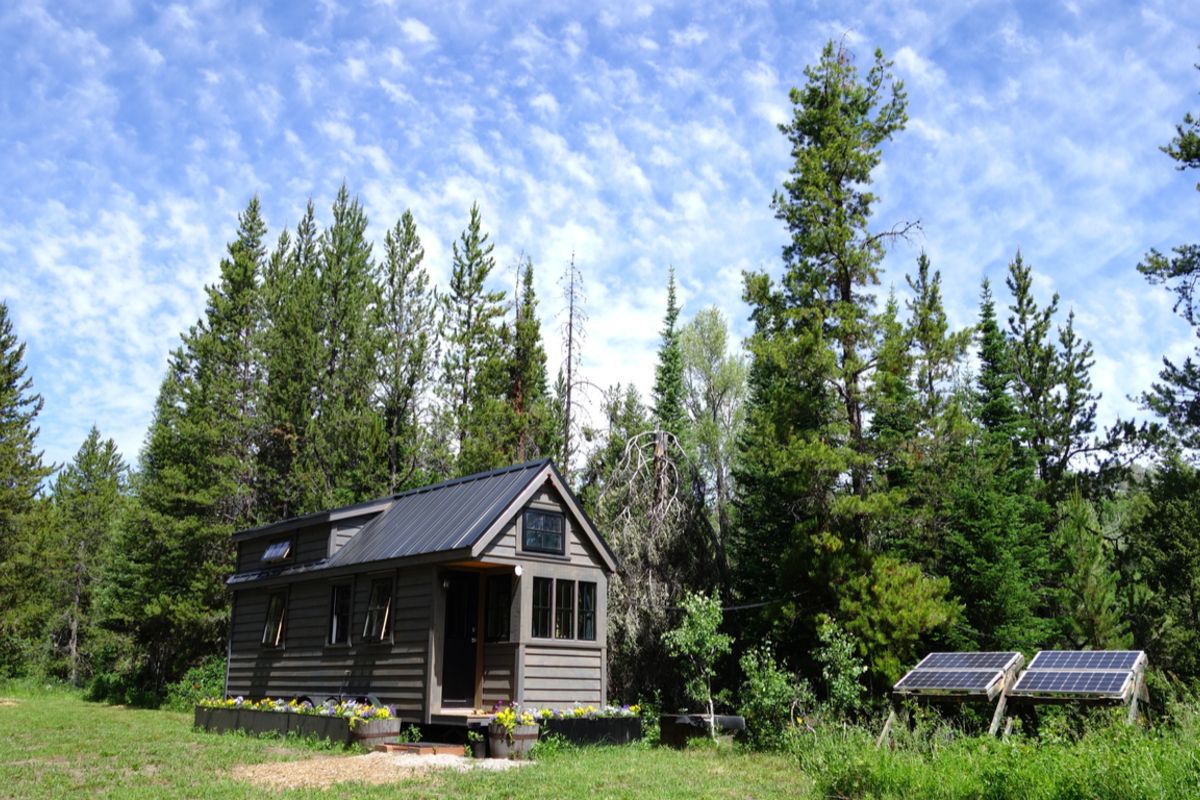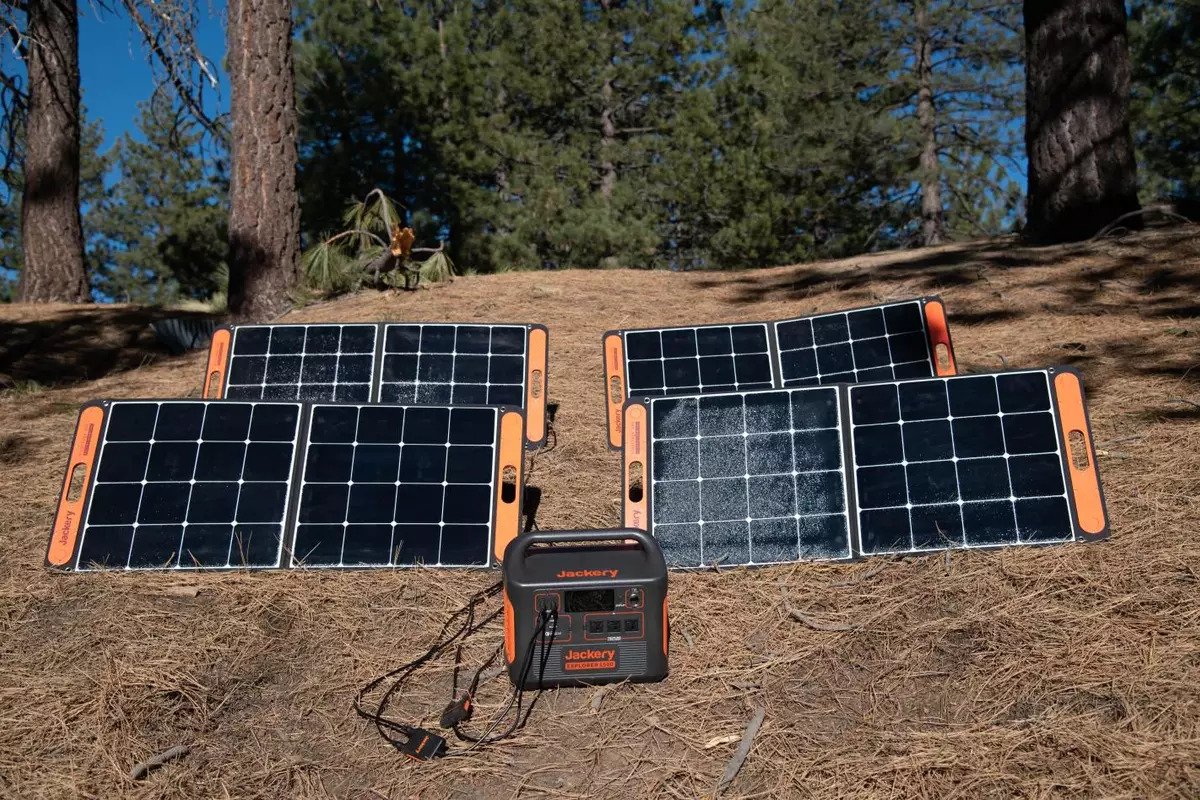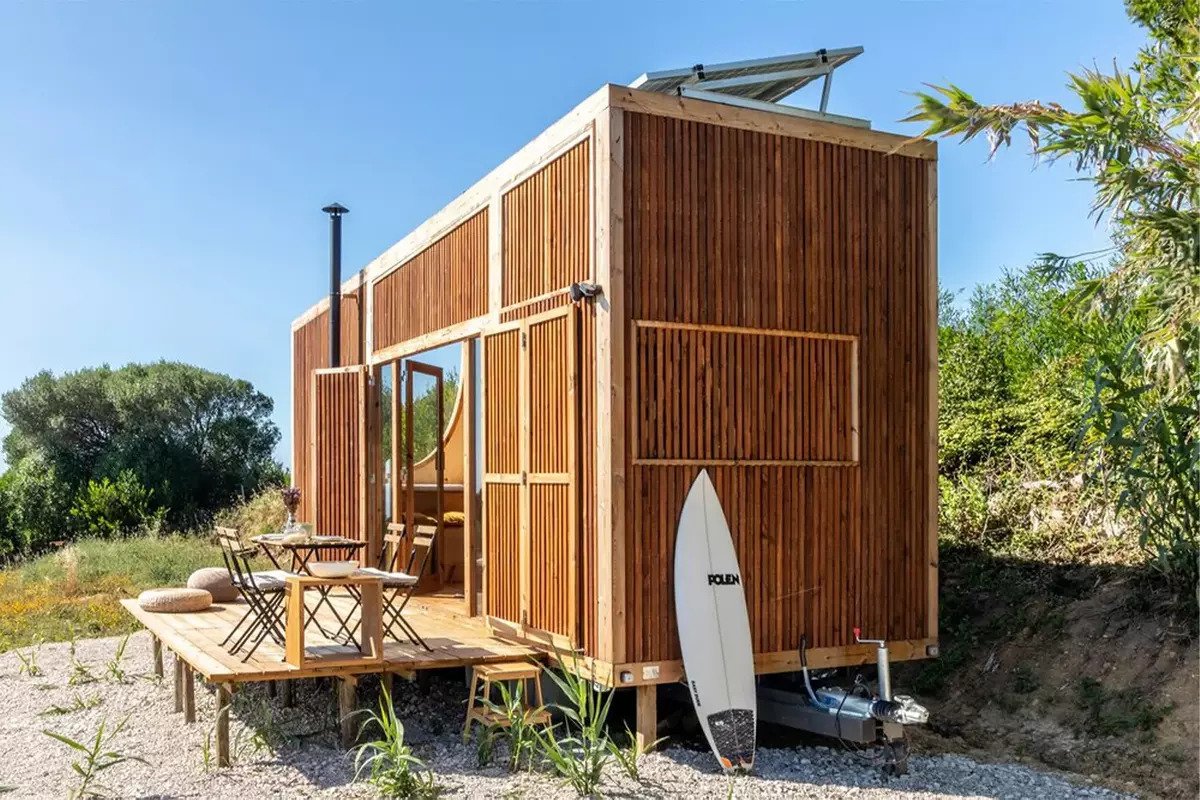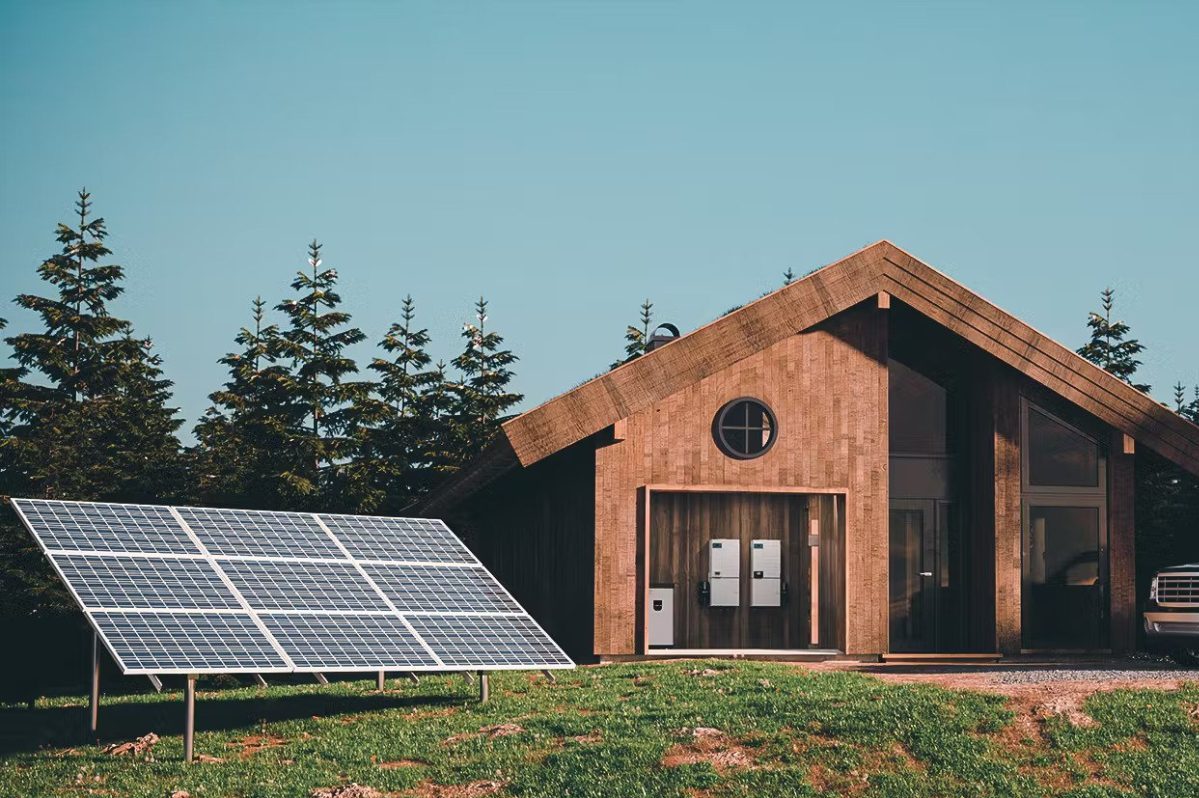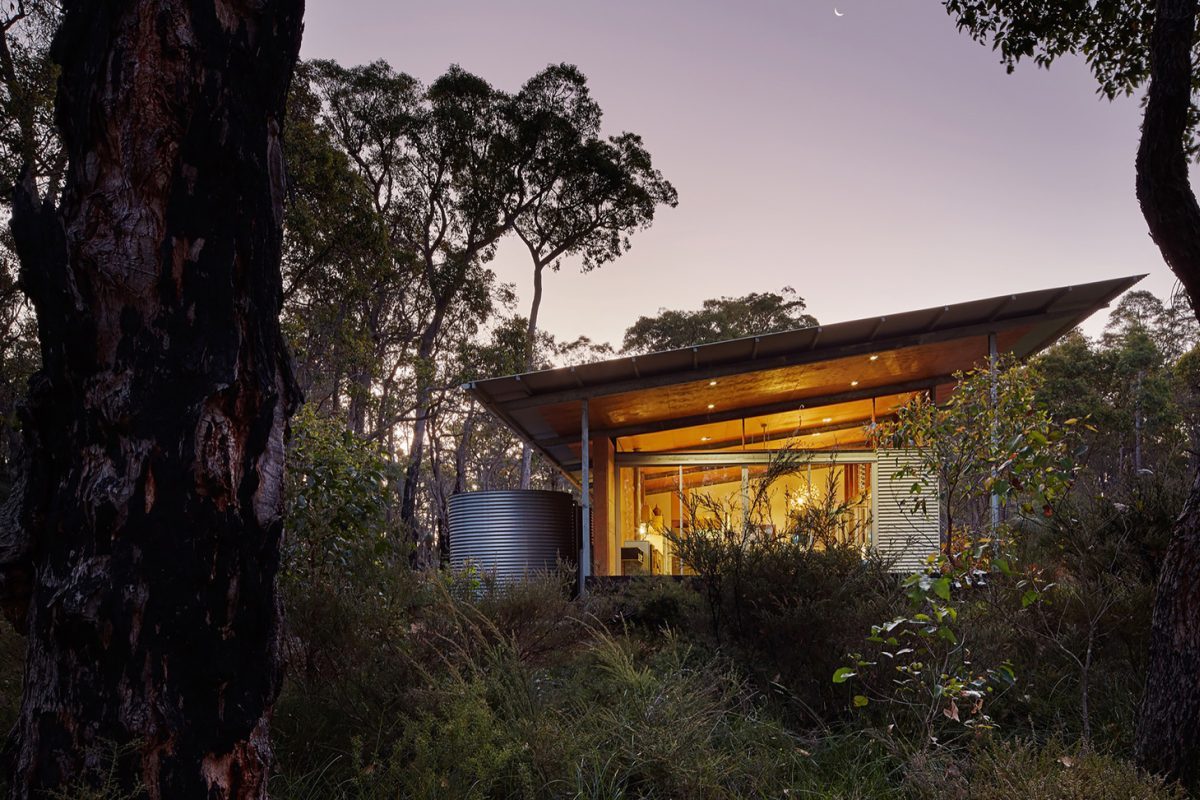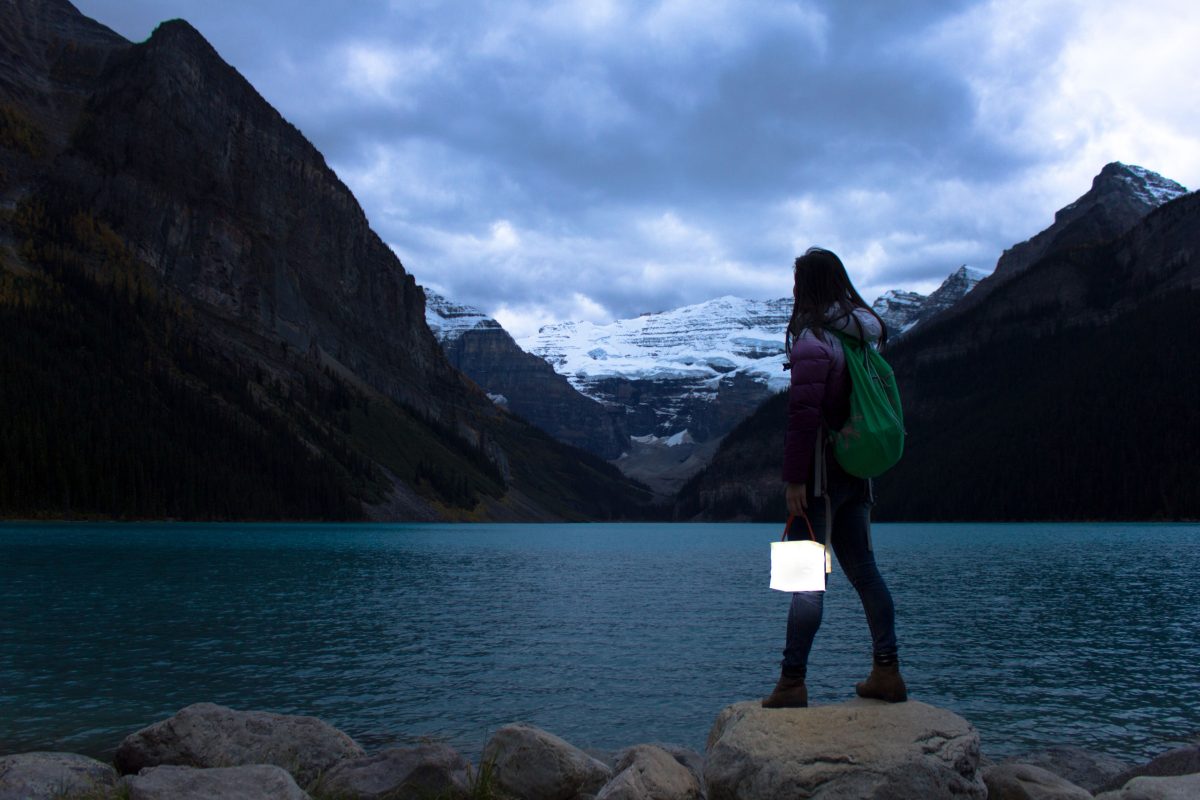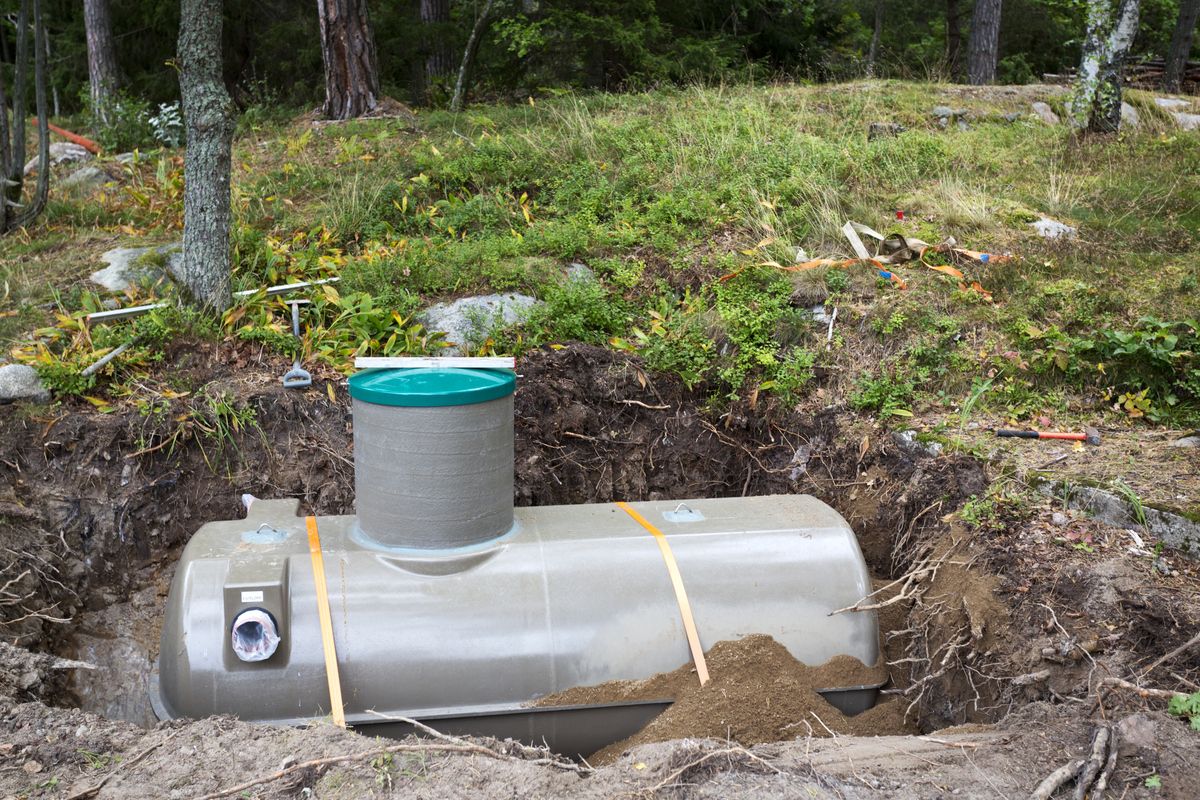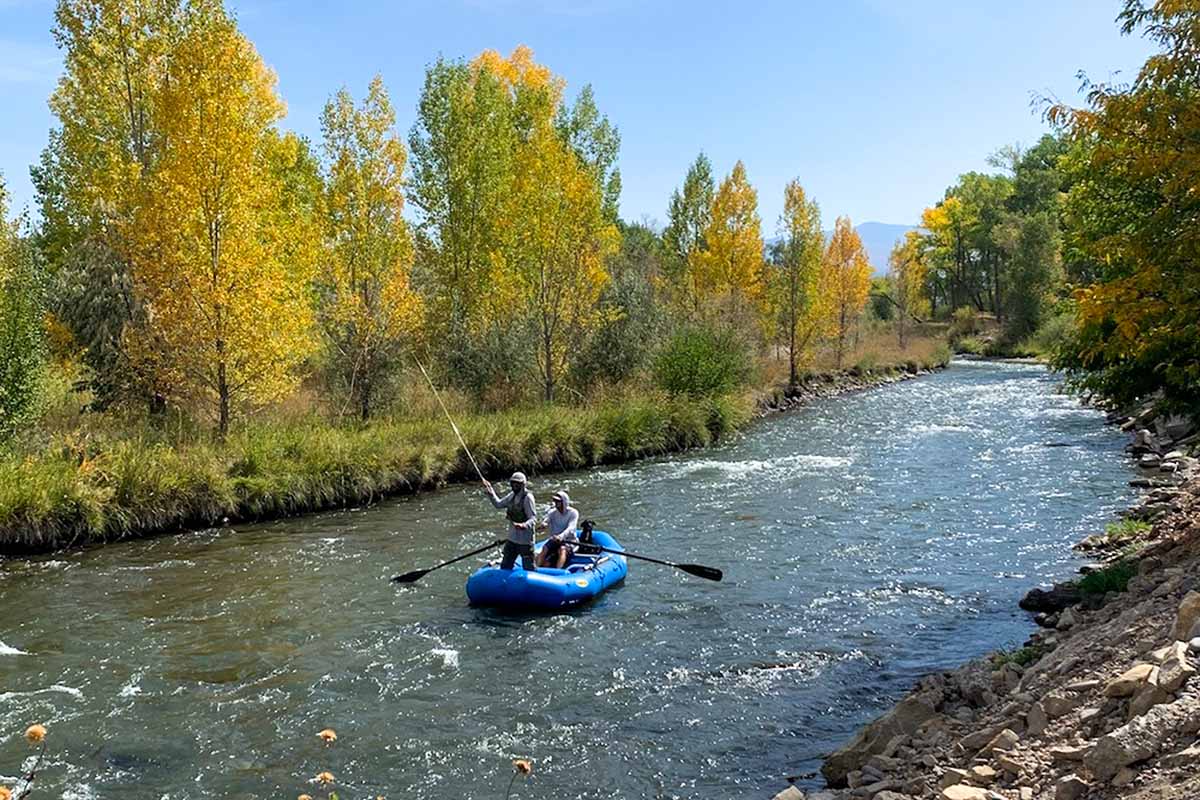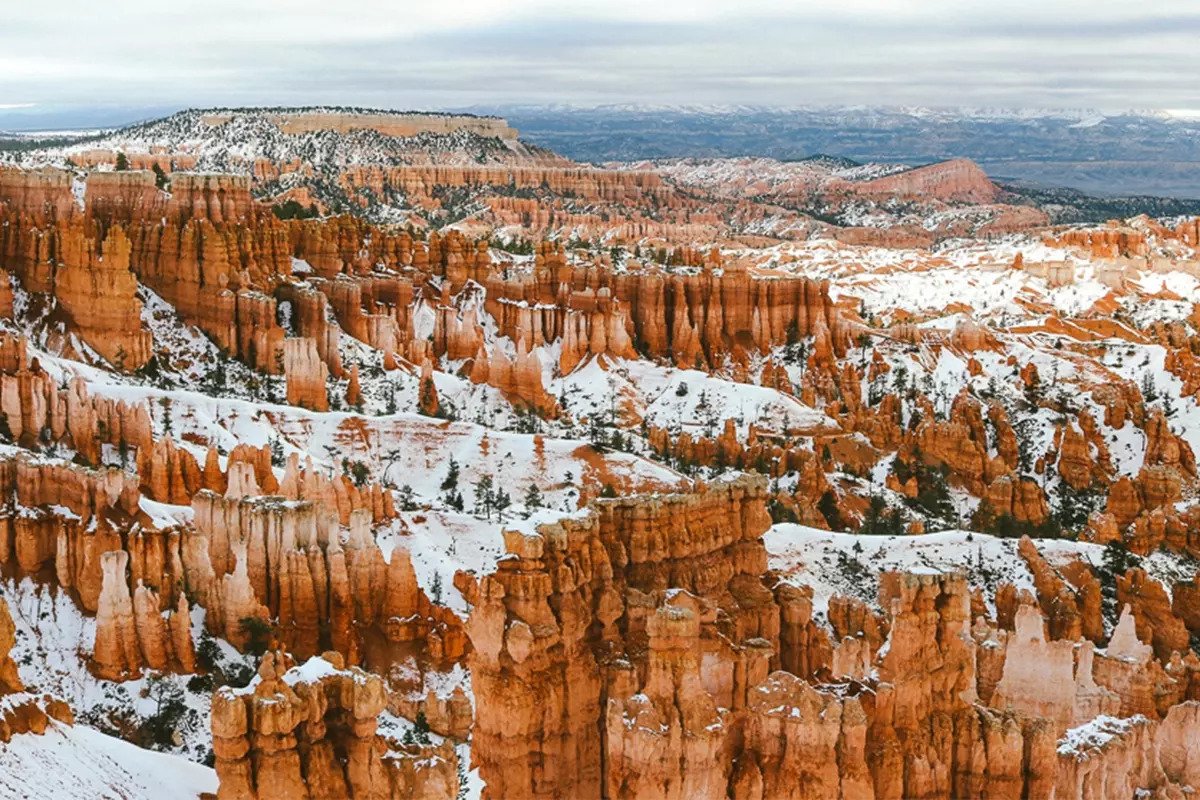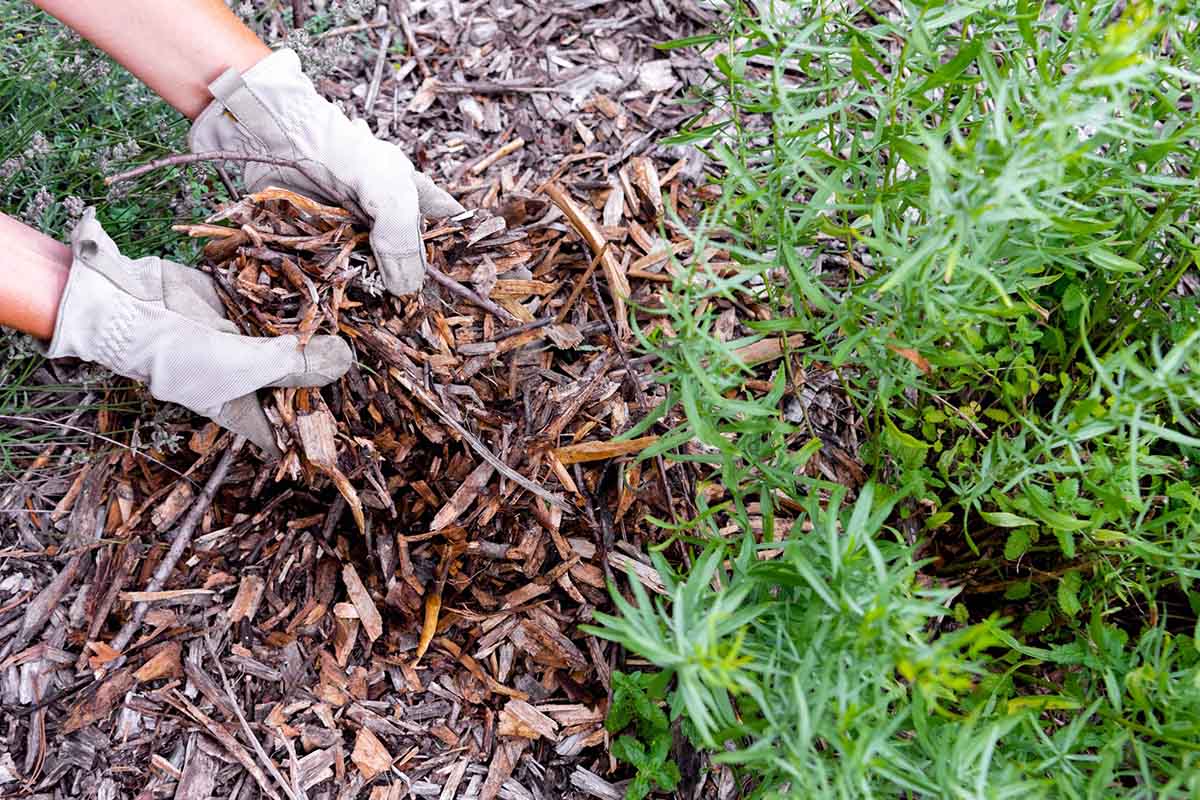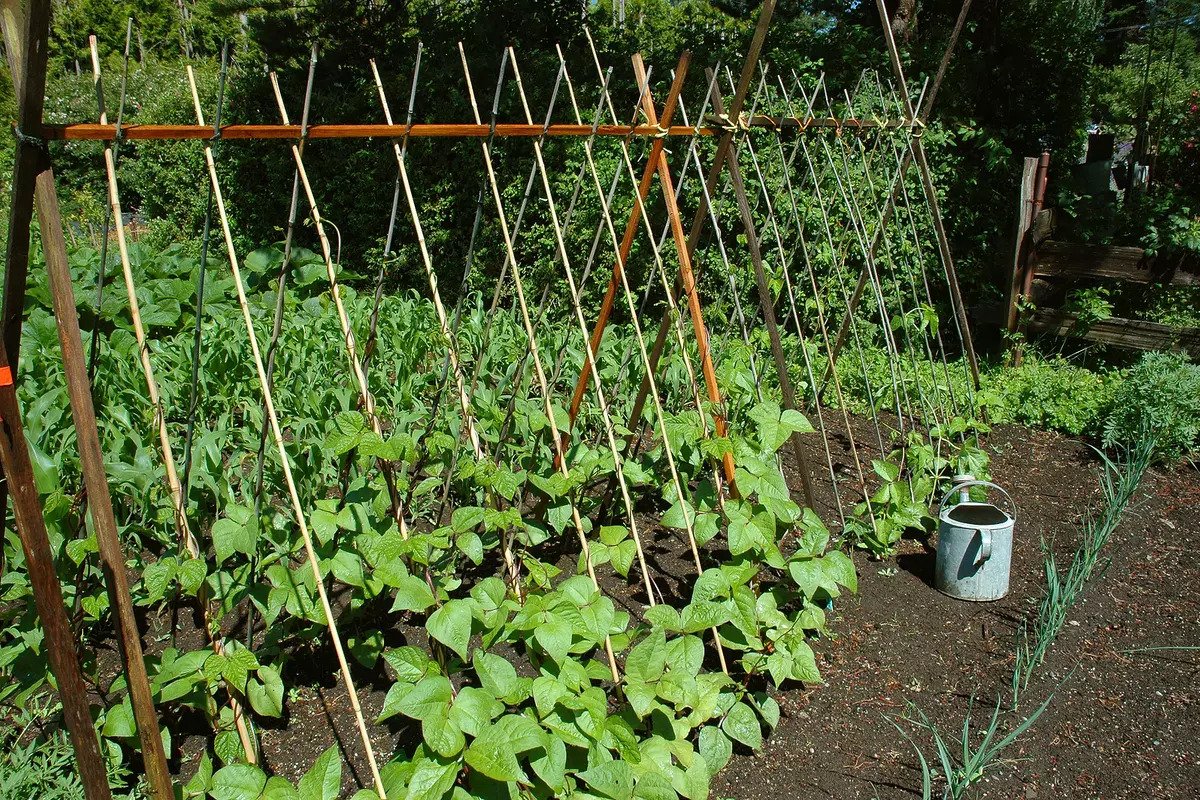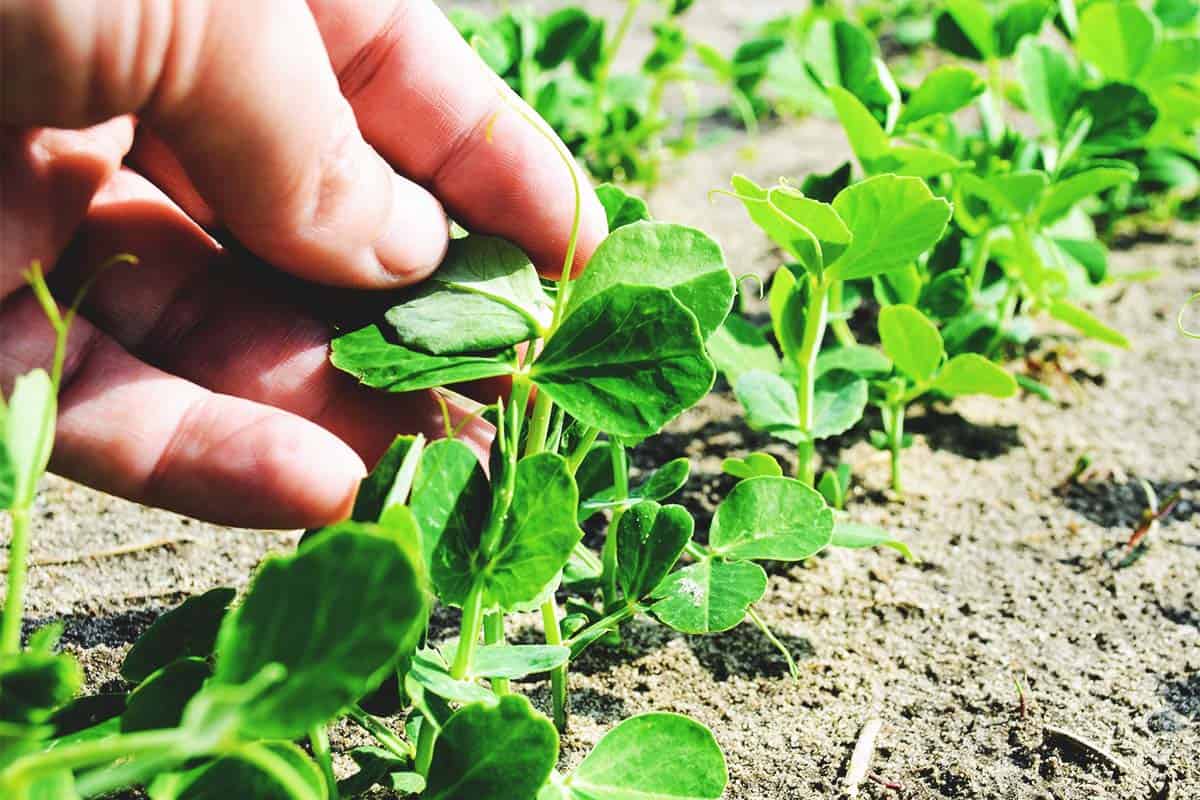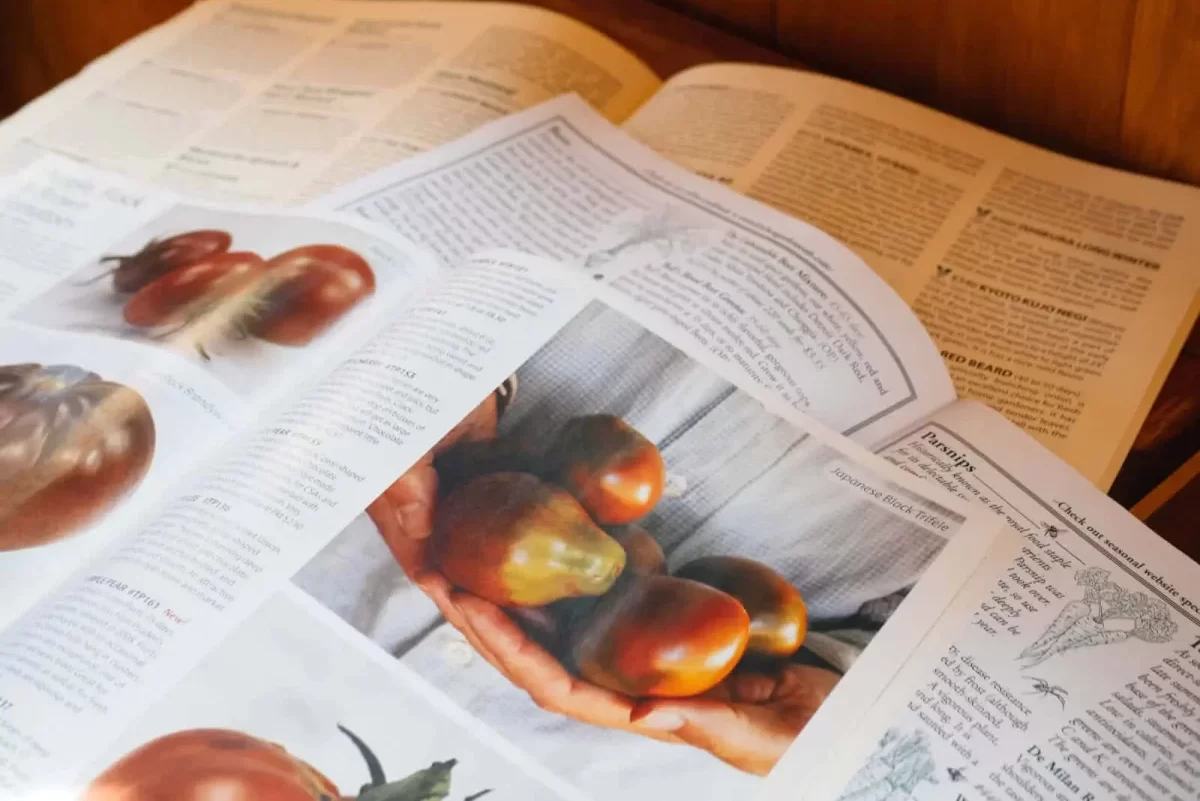Outdoor Adventures
How to Live off the Grid in Canada?
November 11, 2023Living off the grid holds a certain allure in today’s fast-paced, interconnected world. Disconnecting from the hustle and bustle of urban life, finding solitude in the wilderness, and living self-sufficiently is a dream for many. With its vast and pristine landscapes, Canada offers an ideal setting for those wishing to embark on this unique lifestyle. All you need is the right information and maybe an off-grid solar system.
In this article, we’ll explore the basics of living off-grid in Canada, from choosing the …
Kayak Camping on the Rio Chama
April 22, 2023Kayak camping on the Rio Chama is an experience of a lifetime. A river in northern New Mexico, the Rio Chama, is renowned for its breathtaking canyon landscape and crystal-clear water.
The ideal way to connect with nature and get away from the rush and bustle of daily life is to go kayaking on this river. By allowing you to spend several days on the river and soak in all that the Rio Chama has to offer in terms of natural beauty, kayak camping adds another level to this experience.
The Bureau of Land …

